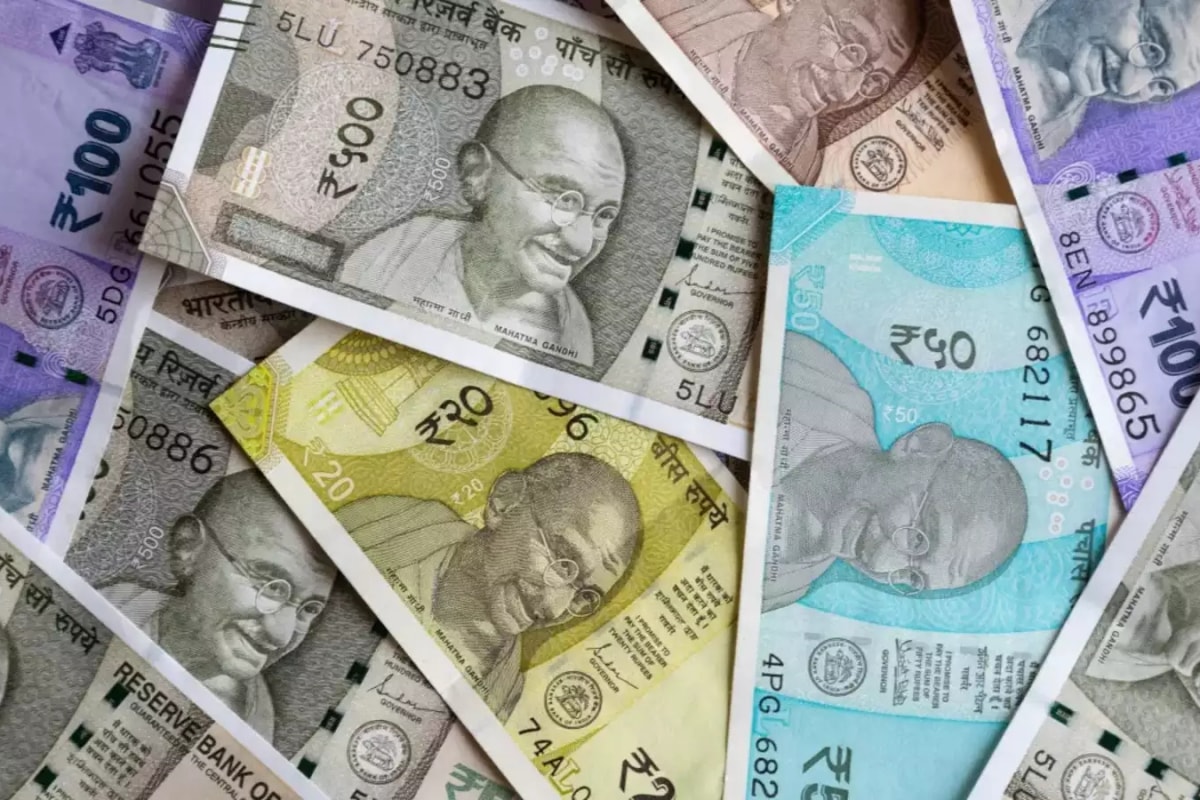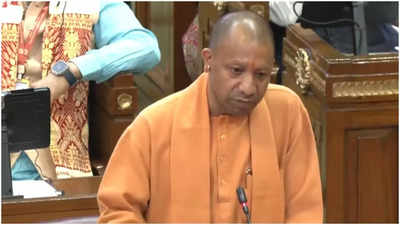
Brandy and bourbon can be difficult to distinguish from one another for a few reasons. They are both golden brown to amber in color, are ideal alcohols for spiking holiday eggnog , and among a chef's best tips for cooking with alcohol , they are good choices for flambéing. Despite that, several fundamental differences between brandy and bourbon set them worlds apart.
First, brandy is a broad category of spirits with several subcategories, while bourbon is a subcategory of whiskey. Second, brandy is made from fermented fruit or fruit wine, whereas bourbon is a U.S.

-born drink made from a mash derived from at least 51% corn. The rest of the mash comes from other ground cereal grains. Third, many types of brandy don't have to be aged in barrels for an extended period, but bourbon must be aged in American oak barrels for at least two years.
This aging process is what makes different profiles of these spirits. Brandy has more nutty, sweet, and caramel notes, and bourbon is known for its notes of spicy pepper, vanilla, and baking spices. Knowing more about the history and process of making each can help you better understand the difference between brandy and bourbon.
History of brandy and how it's made From the Dutch word "brandewijn" (burnt wine), brandy is mostly made from distilled or fermented wine from grapes, which started when Armagnac and Cognac merchants would use distillation to concentrate and stabilize wines for transport. The new spirit became so popular by the 1600s that French farmers in these areas started specializing in these brandies instead of wines. That's why cognac is classified as a type of brandy , and armagnac is also a brandy that tastes floral with fruit .
Different places around the world, though, may use apples, blackberries, cherries, pears, and other fruit mashes to make these spirits, which is why it's the ideal alcohol for making sangria that actually tastes good . Making brandy begins with fermenting the fruit, which turns the sugars into alcohol. Then, the liquid is distilled, which involves heating it to extract the ethanol and congeners — other chemical byproducts of fermentation that give the spirit its flavor.
Fine brandies often undergo this process twice in small batches, while mass-produced brandies are usually distilled only once. In either case, the brandy comes out clear and is transferred to wood barrels, where it develops its color and unique flavor profile as it matures (ages). When the spirit is bottled, water is added to achieve 40% to 50% alcohol by volume, but the content can vary from one brandy type to another.
History of bourbon and how it's made First things first, the main difference between bourbon and whiskey is that whiskey is a broad category of spirits fermented and distilled from cereal grains — barley malt, corn, rye, and wheat — whereas bourbon is a subcategory of whiskey that must use at least 51% corn in the mash. Bourbon was first made in what is now Kentucky as European settlers started moving west of the Allegheny Mountains of Pennsylvania and Virginia. They lost convenient access to the coastal population centers where brandy, fine port, and wines were imported.
Since it was too expensive to transport those goods, they started making alcohol from grains, producing a corn-forward version that was eventually called bourbon. As America's contribution to whiskey, bourbon is made from a combination of mashed cereal grains — mostly corn, which gives the spirit its signature sweet flavor — cooked until the starches turn into sugar. Then, the mixture is allowed to cool so that yeast can be added to start the fermentation process, which lasts just a few days.
After distilling the resulting mash, the concentrated alcohol must be transferred to new charred oak barrels without additives and colorings at up to 62.5% ABV (125 proof). The bourbon is left to mature for two years minimum.
During this time, the coloration and notes of caramel, oak, and vanilla develop, which is why bourbon pairs well with smoky food . When it's bottled, water is added to dilute the concentration to at least 40% ABV (80 proof)..















